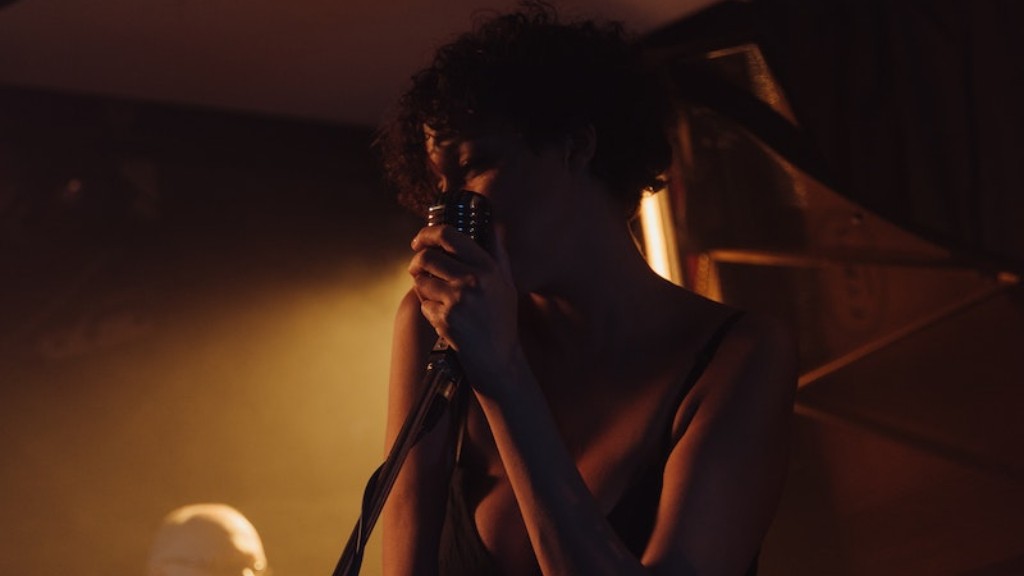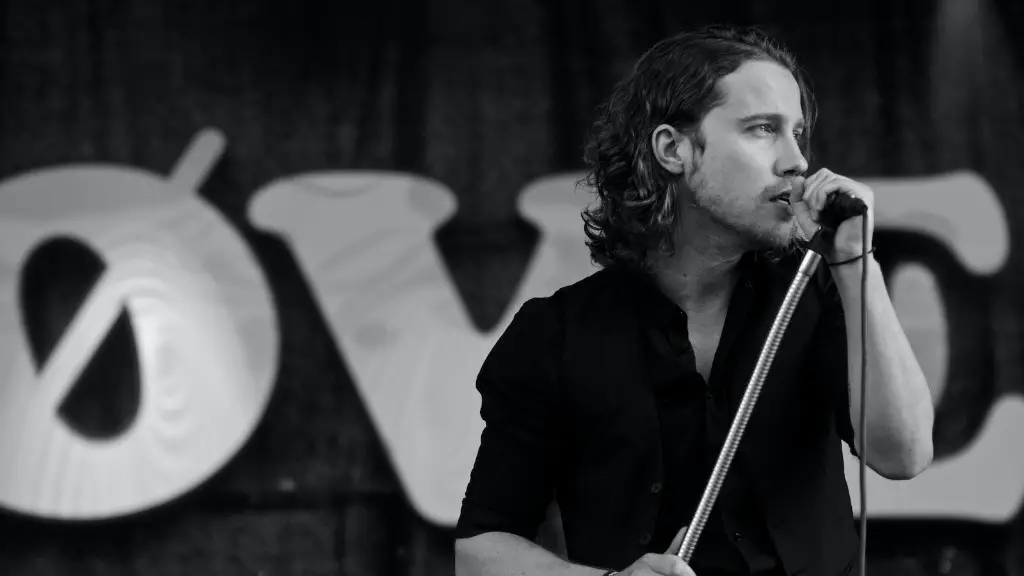How to Draw a Person Full Body – Easy Tips to Get Started
Drawing a full body portrait may be intimidating, especially if you’re a beginner. But with the right approach and a few simple techniques, you can create a beautiful and accurate portrayal of the human figure in no time. So, if you’re ready to tackle this creative project, let’s break down the basics.
Drawing a person full body can be as easy as learning how to break your subject matter down into segments and take things one step at a time. Start by sketching the outline of the head and facial features such as the eyes, nose, and mouth, then move down to the shoulders and chest.
Once you establish the upper torso, sketch out the arms and hands. Then, add the hips and legs. This is the basic structure of the figure and once you have it down, you can focus on detailing the clothing and adding dimension to the body’s curves.
When it comes to realistically capturing a person full body, it’s all about getting the proportions right. Make sure you measure the distance between body parts and the size of limbs relative to the torso. Practice makes perfect and with time you’ll develop the ability to create poses more easily.
Lighting is also fundamental for drawing a full body person as it can be used to accentuate form and create interesting shadows. You can use it in subtle ways to give more depth to your drawing.
Be sure to take breaks often when drawing a person full body. This will help prevent you from getting frustrated and wasting paper. Try to practice regularly, study from great artists, and learn from your own work. Just focus on what is essential, keep drawing, and have fun.
Shading
Once you have the shape of the body down, you can begin shading. Shading can bring your person full body to life and add dimension. Apply shadows where the sunlight doesn’t reach and mix light and dark tones to create a realistic effect.
Start with the main shapes and use hatching, crosshatching, or contour lines to define the form. Gradually fill in the shadows with left-right and up-down motions. Pay attention to the highlights and avoid adding too much contrast.
It’s also important to keep your pencil strokes consistent. Match the pressure and direction of your lines to give a uniform texture. If you don’t have time to shade, you can use a series of dots and short strokes.
Coloring
After shading, you can color your person full body portrait. It’s easier to understand light and shade on a colored canvas. If you’re using a coloring medium like paint or markers, you can use the same basic rules.
Use colors to give life to your portrait and try to keep the tones soft and subtle. Emphasize the shadows and play with different colors to create an interesting composition. Don’t forget to add a bit of detail with eyes, hair, and accessories.
Tips for a Perfect Result
The key to drawing a person full body is to be patient and take your time. Don’t rush things and focus on one area at a time. Study the body from real life and understand the basics of anatomy. Draw with your eyes and not your hands.
If you’re having trouble coming up with ideas, you can always refer to photos or magazine clippings. Reference images will give you a better idea of how a body moves and the different postures you can use. Or, why not take a look at your own reflection?
Finally, practice drawing the same subject multiple times. This helps you develop better hand-eye coordination and can be a great way to hone your skills. So, don’t be afraid to challenge yourself, and soon enough you’ll be able to sketch a person full body with ease.

